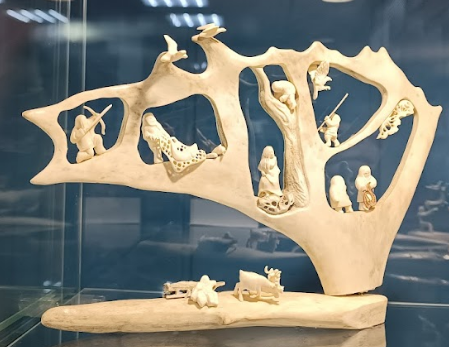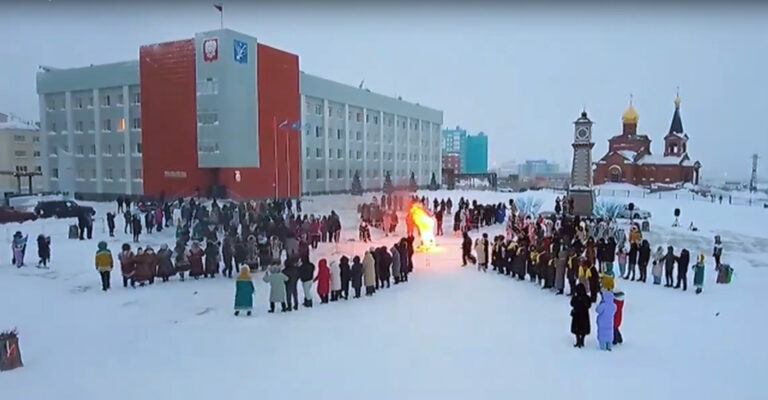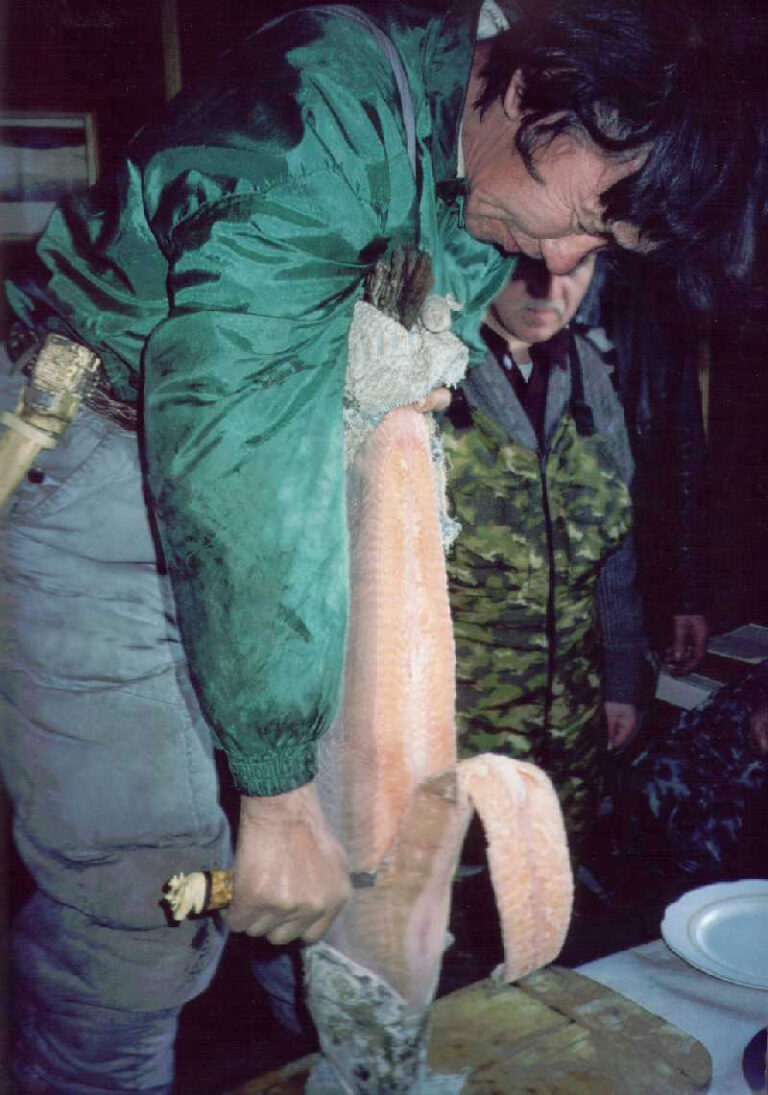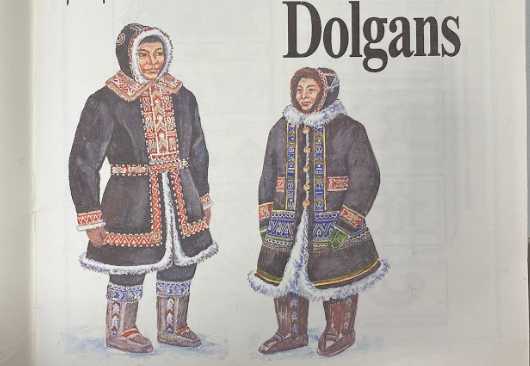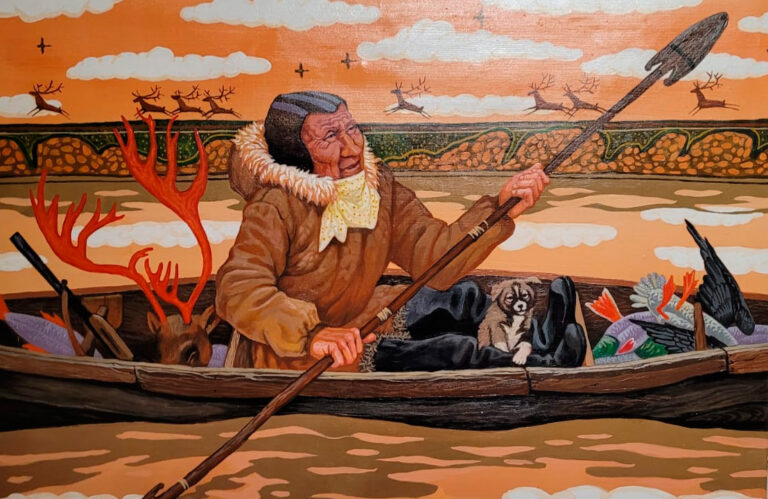Dolgans

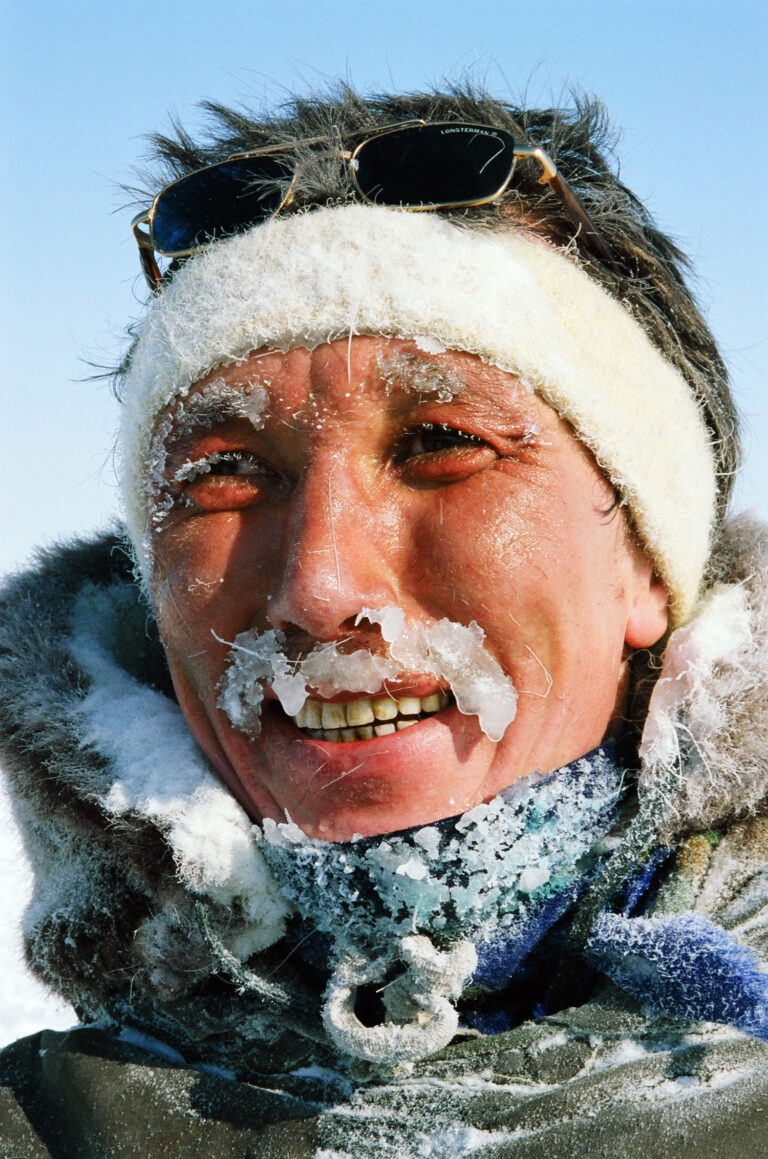

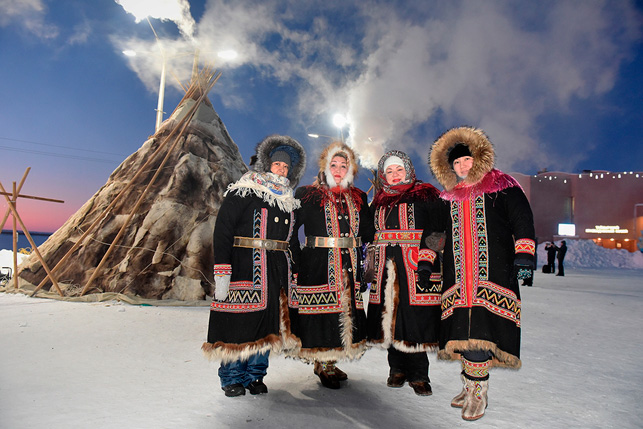
The origin of the Dolgans
The main population of indigenous peoples of Taymyr are the Dolgans. This is the youngest ethnic group living in Taymyr. In XVII century this people haven't existed. They could be found only on the Lena, at the mouth of the Vilyui and Muna, as well as on the coast of the Sea of Okhotsk. It was in that places separate Tunguska genera with the name Dolgan were discovered.
As a separate people mentioned in the works of the explorers Alexander Theodor von Middendorff and Matthias Alexander Castrén.
There was a few points of view about the origin of the Dolgans. For a long time abroad, it was believed that the dolgans were yakuted nganasans. In our country it was considered that the Dolgans are yakuted evenks and evens. And only the professor Boris Osipovich Dolgykh based on the works of Middendorf and Kastren reached to the conclusion that this people "began to form on the Taymyr peninsula only during the XVIII and the first half of the XIX centuries."[1] as a result of the mixing of Tungus, Yakuts, Russians and even representatives of the Samoyed peoples. The main core of the Dolgan nationality "are the tribal formations of Dolgan, Dongot, Edyan, Karanto, Zatundrin Yakuts and Zatundrin peasants, which were then joined by significant groups of the Essey-Olenek Yakuts-reindeer herders, summer and Ilympic Evenks, and individual natives of the Ents and Nenets. But such a composition did not develop immediately."
Thus, this nationality was formed from groups of different origins. The core of the Dolgan people filled by four ethnic groups of Tungus origin; Dolgan, Edyan, Karanto, Dongots. Formed as a people, the Dolgans began to speak a special dialect of the Yakut language. The Dolgans called themself "dulgan". This self-designation of one of the generic groups then spread to all Dolgans. But even in the recent past, this people called itself by the name of the group to which it belongs: Karanto, Dongots, or Edyan. Sometimes they called themselves Tungus, but distinguished themselves from the Evenks. Dolgans and "the forests" or "man of the forest" called themselves tundra or forest people, as well as "Sakha".
Since 1935, in the Taymyr Autonomous Area, the self–designation of the Yakuts - "Sakha" - was adopted as the official name of Dolgan. In the formation of the Dolgan people participated about 45% of Evenks, 42% of Yakuts, 11% of Russians and 2% of Samoyedic people. For example, Tyuprin (Chuprin), the Zatundrin Yakuts of Evenk origin, presumably Spiridonovs are of Russian origin, and the Voylochkovs and Uksusnikovs are of mixed origin. Thus, B. O. Dolgykh came to the conclusion that the most correct, given all these circumstances, the ethnic composition of the Dolgans by their origin can be represented as follows: Evenks – 50-52%, Yakuts – 30-33%, Russians – about 15% and Samoyeds – 3-4%.
Analyzing this people by language, B. O. Dolgykh considers that in the 30s of the XIX century, at least 60% of the main core of the Dolgans spoke the Yakut language, about 20% – in Russian. Currently, Dolgans live in the Taymyr Dolgan-Nenets municipal district and in the Anabar district of Yakutia. According to the 2010 census, the population is 7885 people, about 5500 people live in Taimyr, about 1900 people live in Yakutia.
Material and spiritual culture
Material and spiritual culture of the Dolgans has formed under the influence of Evenks, Yakuts and Russians. The Dolgan woman is a mistress of the dwelling: she maintains the fire in the hearth, feeds him, watches over the family sacred things, cooks food, prepares fuel, tannes hides, assembles and disassembles the tent, keeps the winter shelter – beams in order. Raising the children it's on her, she makes the clothing, footwear, coverings for dwelling.
Agriculture and household of the Dolgans
The main occupations of the Dolgans were reindeer husbandry and hunting, fishing in fishing areas. Reindeer husbandry developed under the influence of the Tungus (Evenks) and Samoyeds (Nenets, Ents and Nganasans). This includes summer, pack riding on deer, and winter sledding with an advanced deer. Dolgans also milked deer and prepared milk for the future by freezing it.
As a dwelling they use a conical pole chum of the Tunguska type. The chum (a tent from deerskin) is used for housing both in summer and in winter. In summer the chum covers by nooks (coverings from deerskin) from the buckskin, in winter - nooks from the deerskin.
A beam is a house on runners. The frame, assembled from wooden slats, covers with bright chintz, on top for warmth – with deer skins, and so as not to disappear from dampness, they cover with a tarpaulin.
In such a beam, two glazed windows, an iron stove, bunks, a table, sometimes chairs. This type of portable dwelling was borrowed by the Dolgans in the last century from Russian merchants who traveled with goods on the tundra.
Dolgan clothes
The Dolgan clothing is the most various – there are about 20 types of it. Its characteristic feature is the elongated back hem. In winter, the Dolgans wear parkas made of deer fur, under them they wear arctic fox or hare fur coats. In summer and winter, clothes are sewn from cloth. All this was lovingly decorated with beads, colored cloth and canticles, fur mosaic. The Dolgans were the first to sew home clothes from purchased fabrics. The Dolgan women wore a lot of jewelry made of metal of Yakut production.
Literature
- Fundamentals of the cultural history of the small peoples of Taymyr: 1. Manual for teachers and students. – Krasnoyarsk: Book Publishing house, 1993. – 108 p.
- Popov A. A. The Dolgans. Collection of works on ethnography. T. P./ Comp. No. A. A. Barbolina. – "Bustard Publishing House" St. Petersburg", 2003.– 336 p.
- Tourist passport of the Taymyr Dolgan-Nenets municipal district of the Krasnoyarsk Territory. – ABRAAKADEMNAUKA LLC, 2022
Internet recourses:
Articles
TV lessons on Dolgan language
‘Yonchaedyae’ project (from the Yukaghir language it means ‘a bell’) took place thanks to the support of a grant from the head of the Rupublic of Sakha (Yakutia) among the media. A total of 200 releases have been prepared, with forty five-minute TV lessons in each language. The project is designed for people who do not speak or have poor command of their native language.
The author and leader of the project is Natalia Smetanina, the director is Nina Kornilova.
We would like to thank the Ministry of Innovation, Digital Development and Infocommunication Technologies of the Republic of Sakha (Yakutia), the Association of Indigenous Minorities of the North of the Republic of Sakha (Yakutia), National Broadcast Company ‘Sakha’, Joint Stock Company ‘Almazy Anabara’ for support and assistance in the implementation of the ‘Йоҥчэдиэ’ project...
(To view the entire list of Yukaghir language lessons click here )
TV lessons on Dolgan language by Galina Zharkova




